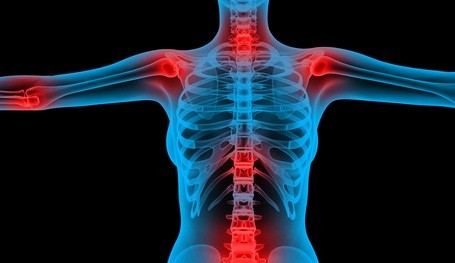 Platelet Rich Plasma or PRP is one of the hottest topic in orthobiologics that is currently being researched. One area that PRP is being used clinically is to treat chronic tendon inflammation that advances into the condition of tendopathy. Tendopathy is a condition where the tendon cell histology changes secondary to the chronic inflamation. If PRP is being used to treat a chronic tendinitis the last side effect that a person receiving treatment for tenditis would want to occur is inflammation that would actually worsen the tendinitis. There has also been concern that PRP may actually stimulate scar tissue formation when used in treatment of cases of tendinopathy.
Platelet Rich Plasma or PRP is one of the hottest topic in orthobiologics that is currently being researched. One area that PRP is being used clinically is to treat chronic tendon inflammation that advances into the condition of tendopathy. Tendopathy is a condition where the tendon cell histology changes secondary to the chronic inflamation. If PRP is being used to treat a chronic tendinitis the last side effect that a person receiving treatment for tenditis would want to occur is inflammation that would actually worsen the tendinitis. There has also been concern that PRP may actually stimulate scar tissue formation when used in treatment of cases of tendinopathy.
A laboratory study published in the October 2012 Journal of Bone and Joint Surgury looked at two different preps of PRP. One prep was PRP, platelet rich plasma, which is currently commonly used compared to Platelet Poor Plasma. The scientists found that high concentrations of platelets which are present in PRP contributes to the expression of inflammatory cytokines when used with the flexor digitorium superficialis tendon. The higher concentrations of platelets can stimulate higher concentrations of WBC’s which in turns can increase inflammation leading to increased scar tissue.
PRP has catabolic properties compared to platelet poor plasma. The platelets produce cytokines and matrix metalloproteinases (MMPS) which can harm articular cartiage. Synovicysts treated with platelet rich plasma produced an increase in MMP secretion: MMP-9, MMP-1, IL1B, i0-10, MCP-1 and TNF alpha just to name a few. These will increase the inflammatory effect which is not wanted when treating a chronic inflammatory condition.
The conclusion from the study was that platelet poor plasma significantly lowered the concentrations of the above mentioned compounds and therefore would be better at treating tendinopathy compared to platelet rich plasma.
Clearly more research is needed in this new area of Orthobiologics.

Leave a Reply
You must be logged in to post a comment.